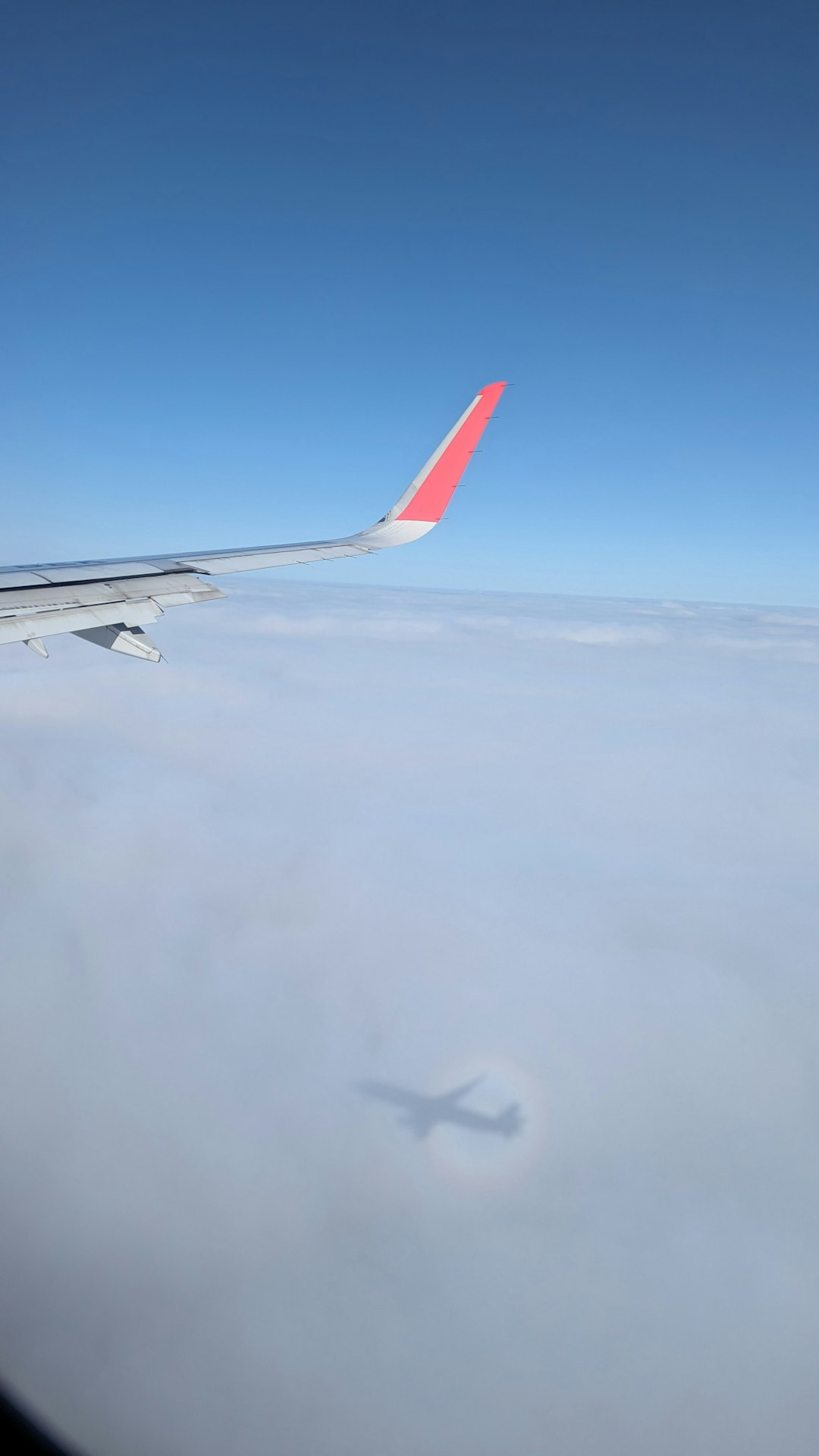Turbulence at 35,000 Feet: Exploring Airline Leadership, Aviation Safety, and Public Trust
In the interconnected world of global travel, few institutions are as visible or as scrutinized as major airlines. The mention of Air India, its CEO, and issues surrounding aviation safety brings to mind a tapestry woven from technological marvels, historic journeys, and evolving public expectations. Let’s delve into the world behind the headlines, examining the legacy of Air India, the role of airline CEOs, how aviation safety is achieved, and why public perception often turns turbulent when skies get stormy.
Air India: A Journey Through History and Identity
Founded in 1932 as Tata Air Services by legendary industrialist J.R.D. Tata, Air India has grown from a princely ambition to the flagbearer of a nation’s aspirations. Its iconic Maharajah mascot, symbolizing regal hospitality, has greeted millions of passengers over decades. Air India has connected distant cities, carried India’s culture skywards, and played a crucial role in diplomatic missions, evacuations, and even in fostering international tourism.
Today, Air India is part of a fiercely competitive global market, facing challenges and opportunities as Indian aviation surges to new heights. With India projected to become the world’s third-largest aviation market by 2024, airlines like Air India embody both nostalgia and the promise of modernization.
CEOs in the Cockpit: The Pressure of Airline Leadership
The chief executive of a major airline is more than a boardroom figure. CEOs are often thrust into the public spotlight, especially during crises. Their statements can steady nerves or stoke outrage, affecting not just investor confidence but also the morale of employees and trust among passengers.
Leading an airline blends business acumen with crisis management, public relations, and emotional intelligence. For instance, when a high-profile incident occurs, the CEO’s response is parsed for sincerity, accountability, and vision. Interestingly, airlines worldwide have begun investing in rigorous media training for their top brass, recognizing that a single phrase can shape public opinion for months or years.
Aviation Safety: The Science Behind Safer Skies
Modern aviation is a triumph of technology and rigorous protocols. Today’s commercial planes are marvels of engineering, equipped with redundant systems, advanced avionics, and real-time diagnostics. International bodies like the International Civil Aviation Organization (ICAO) and the Federal Aviation Administration (FAA) set the gold standard for safety and operations.
Surprising to some, commercial flying is statistically among the safest modes of travel. The design of aircraft, training of crew, and relentless focus on incident analysis have reduced fatalities by over 95% since the 1970s. One key contributor: a safety culture that encourages openness about errors and near-misses, helping the entire industry learn and adapt.
Crisis Communication and the Court of Public Opinion
Despite progress, public perceptions are shaped just as much by media and leadership responses as by hard facts. Social media has amplified scrutiny, with passenger videos, expert commentary, and instantaneous reactions. CEOs and airlines must now respond quickly, transparently, and empathetically—or risk long-term reputational damage.
Some memorable trends include “crisis playbooks,” emotional apologies, and even CEOs flying on their own aircraft to reassure the public. The phenomenon also reflects broader issues: the globalization of media, rising consumer expectations, and a desire for corporate accountability.
Broader Reflections: Trust, Transparency, and Transformation
Scrutiny of airline leadership during difficult moments reveals much about societal priorities: our quest for safety, demand for transparency, and the delicate balance between innovation and reliability. Air India and its peers remain both symbols and stewards of this global balancing act, connecting people, cultures, and aspirations across continents.
As civilization hurtles forward, the story of airlines, their leaders, and their journeys—through both clear skies and turbulence—remains endlessly compelling.
This article was inspired by the headline: 'Air India CEO’s remarks after plane crash draw scrutiny'.

Comments
No comments yet. Be the first to comment!